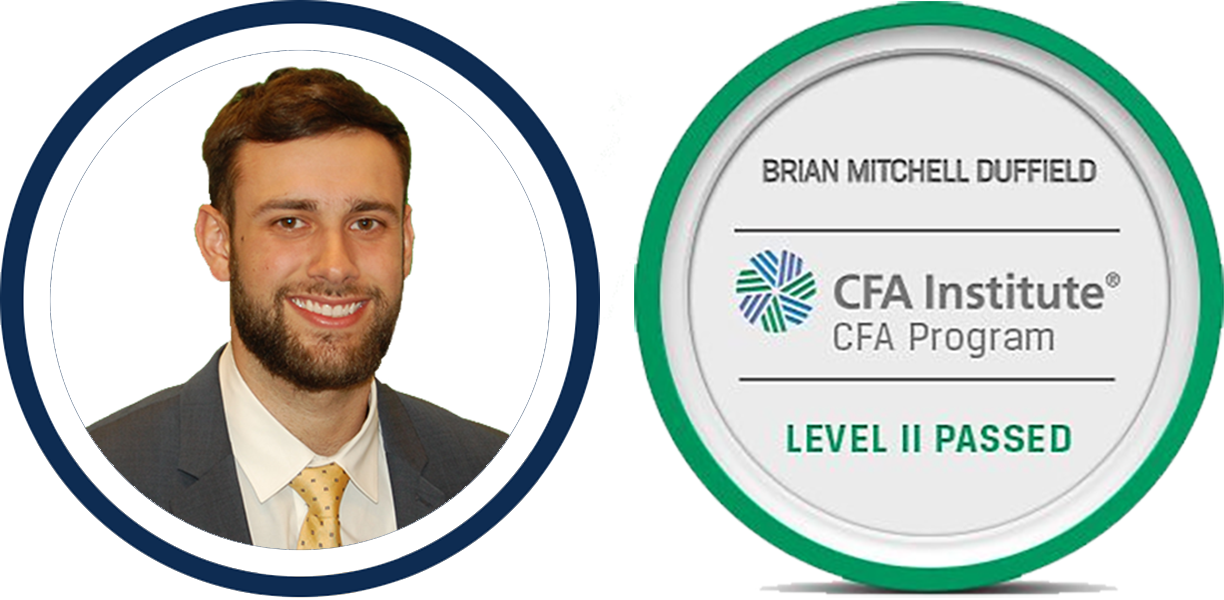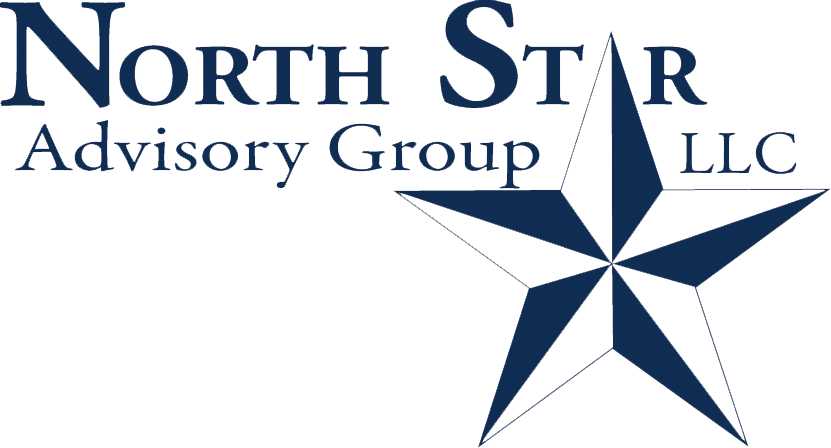Each month we ask clients to spend a few minutes reading through our newsletter with the goal of raising their investor IQ. This month as families gather around the table, we focus on the benefits of inflation.
- Thanksgiving 2022
- Inflation boosts Social Security
- Inflation boosts retirement contribution limits & tax brackets
- Be cautious with CD rates
- NSAG News
- Where will the equity markets go next?
Thanksgiving 2022
This Thanksgiving, we expect more families, friends and neighbors to spend time together and for longer periods of time due to the new trend of closing stores on Thanksgiving and a much lower COVID spread rate. While the cost to prepare the annual feast has increased significantly due to inflation, credit card transactions are showing that consumers are not pulling back on spending despite higher prices.
While Black Friday bargain shopping has been a tradition for many families, COVID has helped retailers shift the focus of early sales to their higher profit margin online stores and reduce less profitable in-store sales to one day on Friday.
The cost of Thanksgiving will skyrocket this year. All food processors and farmers are paying a lot more for feed, fuel and labor. They are also facing supply shortages and droughts. Turkey supplies particularly have been tight for a few years. Producers began to cut back on raising the birds in 2019 after turkey prices crashed. Then COVID further curtailed production in 2020 and 2021. If that was not enough, the avian bird flu killed at least 3.6 percent of the nation’s turkeys, or about 7.3 million birds, so far this year, according to figures from the Department of Agriculture. Compared to 10/2021, poultry prices are up 16.2% as of 9/2022. Digging a bit deeper, “Other poultry including turkey” is up 16.9%. All of these factors mean consumers should expect whole turkey to be in tight supply and prices could be up 50-100% higher compared to 2021’s prices.
Inflation boosts Social Security
The benefit of high inflation is a higher cost-of-living adjustment (COLA) for Social Security. The Social Security benefits for those receiving and deferring benefits will increase by 8.7% in January 2023. This is the largest increase since 1981.
The COLA announcement is a reminder that Social Security does have some protection built into the system to offset inflation’s impact on budgets. Unfortunately, larger distributions will put additional pressure on the Social Security system, which is expected to become insolvent in 2035. Insolvency only means that Social Security can afford to pay a partial benefit, not no benefit at all.
September 28, 2022 the Congressional Research Service issued a report “Social Security: What Would Happen If the Trust Funds Ran out?” This report is not only timely but reiterates NSAG’s stance of estimating a 20% reduction of benefits for younger workers. The following is one key statement from their report:
We encourage all clients to sit down with NSAG before they choose their Social Security benefit. We can use advanced Social Security modeling software to show the effects of filing at different ages. The benefits of deferring can exceed six figures for some clients. This is particularly important for married couples. As a widowed spouse’s financial security may hinge on intelligent choices now to maximize survivors’ benefits. Oddly, it can even affect the benefits available to a divorced spouse!
Inflation boosts retirement contribution limits & tax brackets
The IRS has announced changes to the 2023 retirement plan contribution limits, standard deduction, income tax brackets and estate taxes that are designed to offset the impact of inflation and leave more money in taxpayers’ pockets. Retirement contribution limits are increasing by at least 10% while tax brackets are increasing by 7%.
The 401k contribution limit will increase to $22,500 in 2023. Those 50 and older can contribute an additional $7,500 for a total contribution of $30k. Vanguard estimates that only 14% of participants maxed out their contributions in 2021, and only 16% of those eligible to make catch-up contributions took advantage.
SIMPLE IRA contributions will increase to $15,500 from $14,000 in 2022.
The IRA & Roth contribution limit will increase to $6,500 in 2023. Those 50 and older can contribute an additional $1,000 for a total contribution of $7,500. Income limits for Roth IRA contributions will increase in 2023 as well. The income phase-out range for Roth IRAs will be between $138,000 for single filers and $218,000 for married couples filing jointly. For those that are curious, the phaseout limits are increasing by the same 7% rate used by the IRS to adjust the income tax brackets for 2023.
The standard deduction will increase by $1,800 for married couples filing jointly, by $1,400 for heads of households and by $900 for single taxpayers and married taxpayers filing separately, the IRS announced yesterday.
While tax rates themselves aren’t changing and range from 10% to 37%, the IRS has shifted the income cutoffs upward across all tax brackets to account for inflation. Click HERE to view the updated brackets.
The estates of decedents who die during 2023 will receive an increased basic exclusion amount of $12,920,000, up from $12,060,000 in 2022.
Finally, the Alternative Minimum Tax (AMT) exemption amount for tax year 2023 also increased by 7%.
Be cautious with CD rates
One benefit of inflation and the Fed’s interest rate hikes is higher interest rates on CDs. As of the last week of October, NSAG is seeing 4.8% for a 24-month, 4.6% for a 15-month and 4.4% for a 12-month CD. These CDs can be purchased with minimums and increments of $1,000. Several times in the last month, NSAG clients have been solicited by local banks with CD rates that are significantly less than the current market rate. One time the local rate offered from the largest national bank was half of the rate that NSAG could get from the same bank!
While rates are subject to change every day, we encourage all clients to discuss available options with NSAG before making a purchase. One brief phone call could have a profound impact on your rate of return.
NSAG News

We are very pleased to announce that Brian Duffield passed the August 2022 Level 2 Certified Financial Analyst (CFA) Exam. The global pass rate was only 40% for Level 2! Considering only 27% passed Level 1 last year, passing Level 2 puts Brian in the top 10% of those working through the CFA certification.
Three weeks after taking the CFA level 2 exam, Brian took the Series 65 exam. The series 65 exam is the Uniform Investment Adviser Law Examination and is designed to qualify candidates as investment adviser representatives. The exam covers topics that have been determined to be necessary to provide investment advice to clients.
The continued success of NSAG’s practice and our employees’ passing rate of certifications is a huge credit to the dedication we bring to each and every one of our clients. Cheers Brian! Enjoy the next few weeks before you start studying for the Level III exam next fall!
Where will the equity markets go next?
As of mid-October, the most crowded trades are long U.S. dollar, short Europe equities, long ESG assets, long oil, short emerging markets/China debt, short emerging markets/China equities as well as short U.K. debt and short U.K. equity. While past performance is not indicative of future results, historically speaking, the most crowded trades do not keep their momentum for long and violently head in the other direction faster than many investors can react.
We’re not sure when or where the ultimate bottom in stocks will end up, but violent moves like we experienced in mid-October tend to occur closer to lows than highs. It’s easy to remember the good parts of a bull market where stocks rally, but people usually forget that long-term rallies emerge out of chaos where investors become increasingly convinced that the only viable path if any exists at all, is lower. The early days of bull markets feel like anything but a sure thing.The U.S. consumer has remained strong throughout 2022 despite 40-year high inflation rates, tightening monetary conditions, and volatile global markets. Below, we’ll summarize a few key consumer data points to paint a better picture:

Personal consumption expenditures (PCE) for goods and services have had contrasting 2022’s. Services have run above their 10-year average growth rate, while goods have fallen significantly below their 10-year average growth rate, it is still growing. For example, automotive sales are one of the largest contributors to good, and these sales have been slowed by higher interest rates and delayed by low inventory levels. Consumer credit outstanding (excludes mortgages, student loans, and auto loans) has been significantly increasing throughout 2022 and personal income is also growing above its 10-year trend. Lastly, the unemployment rate has fallen to 3.5% on 9/2022 from 3.9% on 12/2021. It is important to keep in mind that these five data series are lagging indicators.
This month, voters are heading to the polls in the US for mid-term elections. Fears of recession, inflation and the economy are being reported as top concerns that will drive voting trends. Frank Kelly, Political Strategist at DWS recently provided the following commentary to NSAG and our clients:
- Be very cautious with reading too much into the data being shared from polls. This year less than .4% of people are responding to pollsters which is down from 1.5% in 2020. With that being said…
- Many of the Senate races are virtually tied and will likely end up with a 50/50 or 51/49 split.
- Historically speaking for the House of Representatives, it is common for the minority party to win 20 seats in a mid-term election. Republicans are expected to pick up 20-40 seats this year.
- At the end of the day, the US is likely to see more gridlock in 2023 and 2024 with a more balanced Washington. This could bring a more balanced approach to energy and fiscal policy that may lead to less tax cuts or raises as well as less stimulus money.
While the last 10 months has tested the resolve of many investors, we still believe we are in a secular bull market, which started in 2010 and typically lasts around 15-20 years. However, this secular market is likely to last longer due to a slow start in 2010-2013. It is not uncommon to have bear market pullbacks inside of longer secular bull markets. We saw a bear market in 2020 due to COVID and the markets entered and exited bear market territory twice already in 2022 (May & June).
We are passionately devoted to our clients' families and portfolios. Let us know if there’s somebody who would benefit from discovering the North Star difference, or if you just need a few minutes to talk. As a small business, our staff appreciates your continued trust and support.
Please continue to send in your questions and see if yours gets featured in next month’s Timely Topics.
Best regards,


Mark Kangas, CFP®
CEO, Investment Advisor Representative


